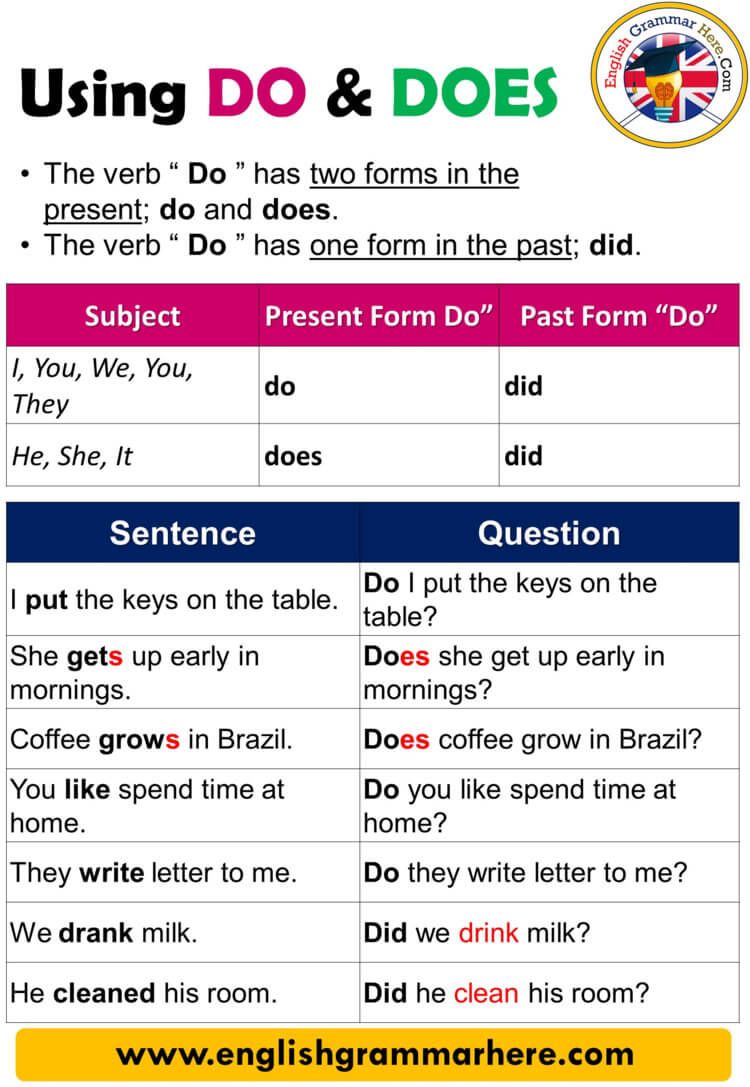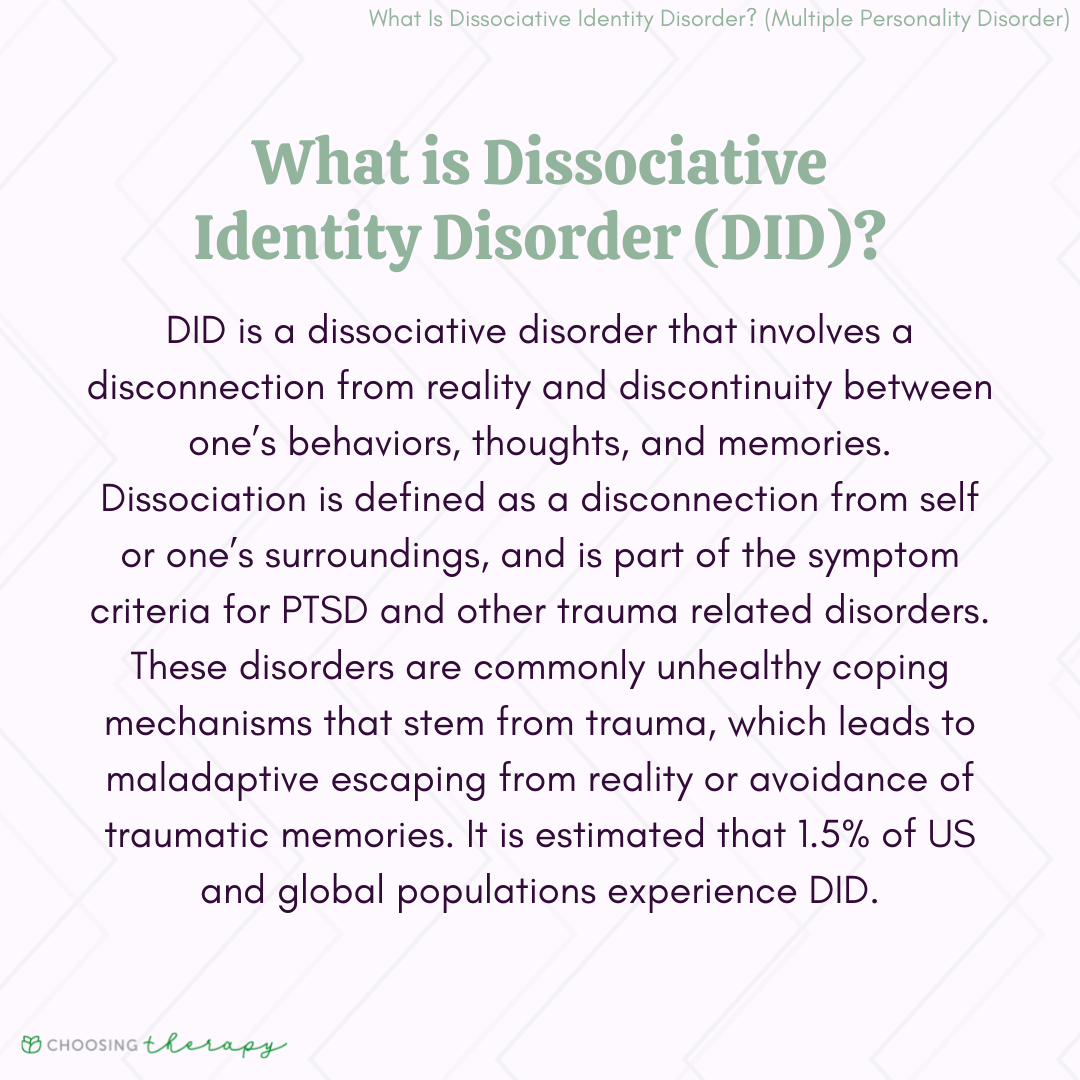Automotive Batteries: Understanding Their Hazard Classification
Automotive batteries: understand their hazard classification
Automotive batteries power our vehicles but besides present specific safety concerns during handling, transportation, and disposal. Understand which hazard classes these batteries fall under is crucial for anyone who work with, transports, or disposes of these common automotive components.
What are hazard classes?
Hazard classes are standardized categories used to identify and classify dangerous goods or hazardous materials. These classifications help establish proper handling procedures, transportation requirements, and safety protocols. TheUnited Nationss and department of transportation( dot) have eestablishednine primary hazard classes, each with specific subclasses.
These classifications ensure consistent safety standards across industries and international borders. Each hazard class have specific packaging, labeling, and handling requirements design to minimize risks associate with the materials.
Automotive battery hazard classification
Conventional automotive batteries (lead acid batteries )are clclassifieds Class 8 corrosive materials . This classification apply to most standard car, truck, and motorcycle batteries that use lead plates and sulfuric acid electrolyte.
Additionally, automotive batteries may carry a subsidiary hazard classification depend on their specific type:
- Traditional lead acid batteries: class 8 (corrosive )
- Some batteries may too have: class 6.1 subsidiary hazard (toxic )
Why automotive batteries are class 8 corrosives
Automotive lead acid batteries contain sulfuric acid electrolyte, which is extremely corrosive. This acid can:
- Cause severe chemical burns to skin and eyes
- Damage respiratory tissue if vapors are inhaled
- Corrode metals and other materials
- React violently with certain substances
The corrosive nature of the sulfuric acid solution is the primary reason these batteries are classified as class 8 hazardous materials. The concentration of sulfuric acid in automotive batteries typically range from 30 50 %, which is strong sufficiency to cause immediate damage to organic tissues.
Un identification numbers for automotive batteries
In addition to hazard classes, automotive batteries are assign specific un identification numbers:
- Un2794 batteries, wet, fill with acid
- Un2795 batteries, wet, fill with alkali
- Un2800 batteries, wet, non spillable
- Un3028 batteries, dry, contain potassium hydroxide solid
- Un3090 lithium metal batteries
- Un3091 lithium metal batteries contain in equipment
- Un3480 llithium-ionbatteries
- Un3481 llithium-ionbatteries contain in equipment
Most conventional automotive lead acid batteries fall under un2794 (wet, fill with acid )
Different types of automotive batteries and their classifications
Lead acid batteries
The near common type of automotive battery, lead acid batteries, are classified as class 8 corrosive materials. These include:
- Flood lead acid batteries traditional batteries with liquid electrolyte that require occasional maintenance and can spill if tip over.
- AGM (absorbed glass mat )batteries while static lead acid batteries, these are cconsiderednon spillable and may haveslimyy different shipping requirements, though they remain class 8.
- Gel batteries these use a gel electrolyte but are static cto classifyas class 8 corrosives.
Lithium-ion batteries
Progressively common in modern vehicles, particularly electric and hybrid models, lithium-ion batteries fall under Class 9 miscellaneous dangerous goods . Their hazard classification reflect different risks than traditional lead acid batteries:
- Fire hazard if damage or improperly handle
- Potential for thermal runaway
- Different chemical composition than lead acid batteries
The specific un numbers for lithium batteries are un3480 for standalone batteries and un3481 for batteries contain in equipment.
Nickel metal hydride (nnigh)batteries
Use in some hybrid vehicles, these batteries typically fall under class 8 or class 9 depend on their specific composition and electrolyte.
Transportation requirements for automotive batteries
Due to their hazard classification, automotive batteries must be transport accord to specific regulations:
For lead acid batteries (class 8)
- Packaging must be firmly package to prevent short circuits and movement during transport
- Label require corrosive hazard labels
- Documentation shipping papers must include proper hazard class, un number, and emergency response information
- Segregation must be keep separate from incompatible materials
For lithium batteries (class 9 )
- Special packaging oftentimes require specialized packaging test for lithium battery transport
- State of charge may have restrictions on state of charge during transport
- Air transport subject to additional restrictions for air shipment
- Label require specific lithium battery handling labels
Handle precautions base on hazard class
Understand the hazard class of automotive batteries help determine proper handling procedures:
For class 8 lead acid batteries
- Personal protective equipment (pPPE) wear aacid-resistantgloves, eye protection, and protective clothing when handle
- Ventilation work in wellspring ventilate areas to avoid buildup of hydrogen gas
- Spill control have nneutralizedagents (like bake soda )available for acid spills
- No smoking avoid open flames or spark near batteries
- Lifting techniques use proper lifting tools to avoid personal injury and battery damage
For class 9 lithium batteries
- Damage prevention handle with care to prevent puncture or crush
- Fire safety have appropriate fire extinguish equipment nearby
- Temperature control avoid exposure to high temperatures
- Electrical safety prevent short circuits with insulated tools
Storage requirements base on hazard classification
The hazard class of automotive batteries dictate specific storage requirements:
For lead acid batteries (class 8)
- Segregation store out from incompatible materials like strong alkalis, oxidizers, or reduce agents
- Ventilation store in wellspring ventilate areas to prevent hydrogen gas accumulation
- Temperature maintain moderate temperatures; extreme heat or cold can damage batteries
- Spill containment store in areas with appropriate containment for potential acid leaks
- Orientation store upright to prevent electrolyte leakage
For lithium batteries (class 9 )
- Fire protection store in areas with appropriate fire suppression systems
- Temperature control maintain within manufacturer specify temperature ranges
- Segregation keep outside from combustible materials
- State of charge for long term storage, follow manufacturer recommendations for charge levels
Disposal considerations base on hazard class
The hazard classification of automotive batteries impact disposal requirements:
Lead acid batteries (class 8)
Lead acid batteries are considered hazardous waste in most jurisdictions due to their corrosive nature and lead content. Proper disposal include:
- Recycle most lead acid batteries are extremely recyclable ((p to 99 % of components ))
- Collection points many auto parts stores and service centers accept use batteries for recycle
- Transport to recyclers must follow class 8 hazardous material transportation requirements
- Documentation may require hazardous waste manifests depend on quantity
Lithium batteries (class 9 )
- Specialized recycling require specialized recycling processes different from lead acid batteries
- Discharge may need to be full discharge before disposal
- Fire prevention special handling to prevent fire hazards during disposal process
Emergency response for automotive battery incidents
The hazard class designation guide emergency response procedures:
For lead acid battery incidents (class 8)
- Acid spills neutralize with bake soda or commercial acid neutralizers
- Personal exposure flush affected areas with water for astatine least 15 minutes; seek medical attention
- Fire use dry chemical, co2, or foam extinguishers; water spray may be uusedto cool containers
For lithium battery incidents (class 9 )
- Fire use class d fire extinguishers design for metal fires
- Thermal events maintain safe distance; lithium battery fires can be difficult to extinguish
- Water caution large amounts of water may be need to cool the battery, but can react with lithium
Regulatory framework for automotive battery classification
Several regulatory bodies govern the classification and handling of automotive batteries:
- Department of transportation (dot ) regulates transportation of hazardous materials include batteries
- Environmental protection agency (eEPA) oversees disposal and recycling requirements
- Occupational safety and health administration (oOSHA) sets workplace safety standards for handle batteries
- International air transport association (iIATA) establishes rules for air transport of batteries
- International maritime organization (iIMO) governs sea transport of hazardous materials
These regulations are base on the United Nations’ globally harmonized system of classification and labelling of chemicals (gGHS) which provide standardized hazard classifications woworldwide
Summary of automotive battery hazard classifications
To summarize the key points about automotive battery hazard classifications:
- Traditional lead acid automotive batteries are classified as Class 8 corrosive materials
- Lithium-ion batteries use in electric and hybrid vehicles fall under Class 9 miscellaneous dangerous goods
- Un identification numbers provide more specific identification (un2794 for most lead acid batteries )
- These classifications determine handling, transportation, storage, and disposal requirements
- Proper understanding of these hazard classes is essential for safety and regulatory compliance
Understand which hazard class automotive batteries belong to is not exactly a matter of regulatory compliance — it’s a critical safety consideration for anyone who handle these common but potentially dangerous automotive components.

Source: kartinausa.info
Practical implications of automotive battery hazard classification
For everyday users, automotive battery hazard classifications have several practical implications:

Source: swatkhan.com
- Jumpstarting follow proper procedures to prevent sparks and potential hydrogen gas ignition
- Battery replacement wear appropriate protection when handle old and new batteries
- Transport secure batteries vertical when transport in personal vehicles
- Storage store in cool, dry, advantageously ventilate areas outside from flammable materials
- Recycle perpetually recycle through proper channels; ne’er dispose of in regular trash
By understanding and respect the hazard classification of automotive batteries, we can ensure safer handling, transport, storage, and disposal of these essential but potentially dangerous automotive components.
MORE FROM oncecoupon.com













